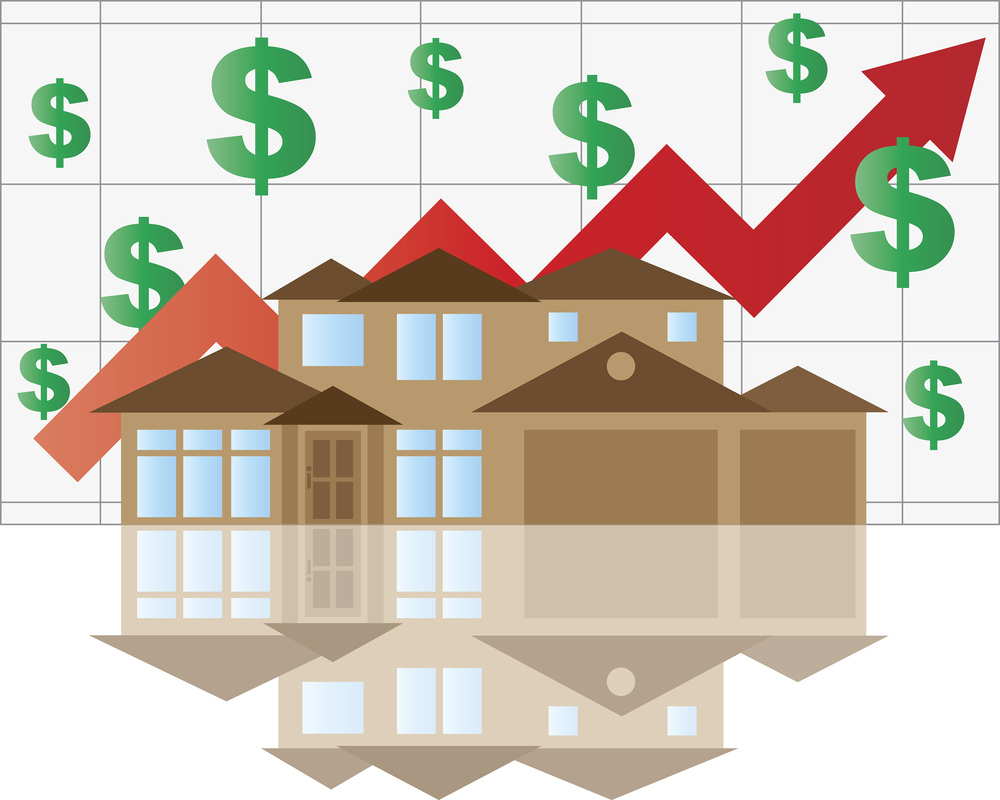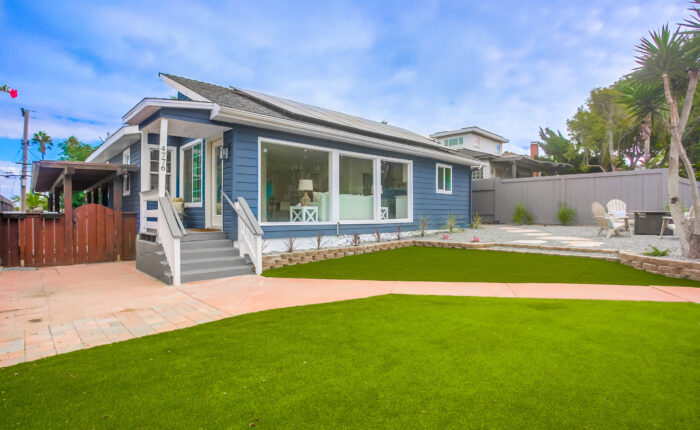What does U.S. housing market data suggest is in store for the upcoming summer season?
Chief Economist of the National Association of Realtors (NAR), Lawrence Yun, delivered an extensive 100 slide presentation on the state of the economy, and emerging market trends at the Residential Real Estate Forum in Washington, DC on May 15th, 2014. So where are we now, and what’s coming?
According to Yun’s report:
- Job to population ratio (over age 16) is still back to 1969 levels
- GDP actually contracted in Q1 2014, and is in negative territory for first time since Q1 2011
- No fresh recession is in sight according to economic indicators
- Estimate home sales for 2014 are down from 2013
- Home sales are still down dramatically from over 6M in 2004
- Despite talk of multi-generational housing the number of people per household steadily shrank from 1968 to 2012
- The early 2014 slowdown was a result of bad weather, lack of inventory, home prices recovering too fast, tight mortgage credit, and mortgage rates going up
On the current state of the market:
- Listing inventory is now down to about 50% of mid 2007 levels
- Median existing sales prices are forecast to hit $208,200 in 2014, yielding a $40k average equity rise in 3yrs
- 30% of U.S. homeowners have no mortgage
- 30% have loan rates of 4.3% or lower
- 30% of homeowners have interest rates higher than 4.3%
- Higher interest rates are emerging
- Issues in rental market are pitting ‘landlords from hell vs rent control’ as rental rates rise fast
- New construction starts are up, but need to hit the 1.7M mark
- New home sales are current less than one third of 2005 peak
- Cost of construction is rising, while construction credit remains tight
- New construction prices are significantly separating (upwards) from existing home sales prices
Trends and factors affecting the U.S. housing market ahead:
- Fastest growing states for jobs include CA, NV, ND, CO, FL, TX
- NAR forecasts interest rates heading up, confidence going up, business spending up, inflation up, job growth down in 2014, and slow GDP growth
- Pent up demand for housing will increase sales in time
- Vacation sales are swinging up substantially
- Main foreigner buyers of U.S. homes in 2014 are expected to be from Mexico and China
- 3M more young adults are living at home, but incomes are still down 10-15%, or they have no jobs
- Student loan defaults are skyrocketing, blocking 10% of potential market from buying
- A traditional single family buying boom was delayed by the crisis, should be expected
- DOM are declining, now down to 53 days
- All buyers are experiencing record affordability
- Lack of down payment savings remains the biggest hurdle to home buyers
- Most prospective home buyers misunderstand what actual down payment requirements are
- 25% of under 35 year olds are debt free, a historical record
- Median existing home prices are expected to hit $219k by 2015
In summary, consumers and real estate professionals should anticipate moderate economic and housing growth over the next two years, with potential for significant spikes in certain niches. The most significant gains will be made by those that understand these trends, and act to position themselves to meet needs and demand ahead of their competitors.









